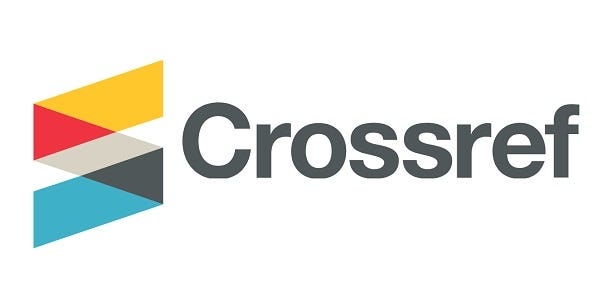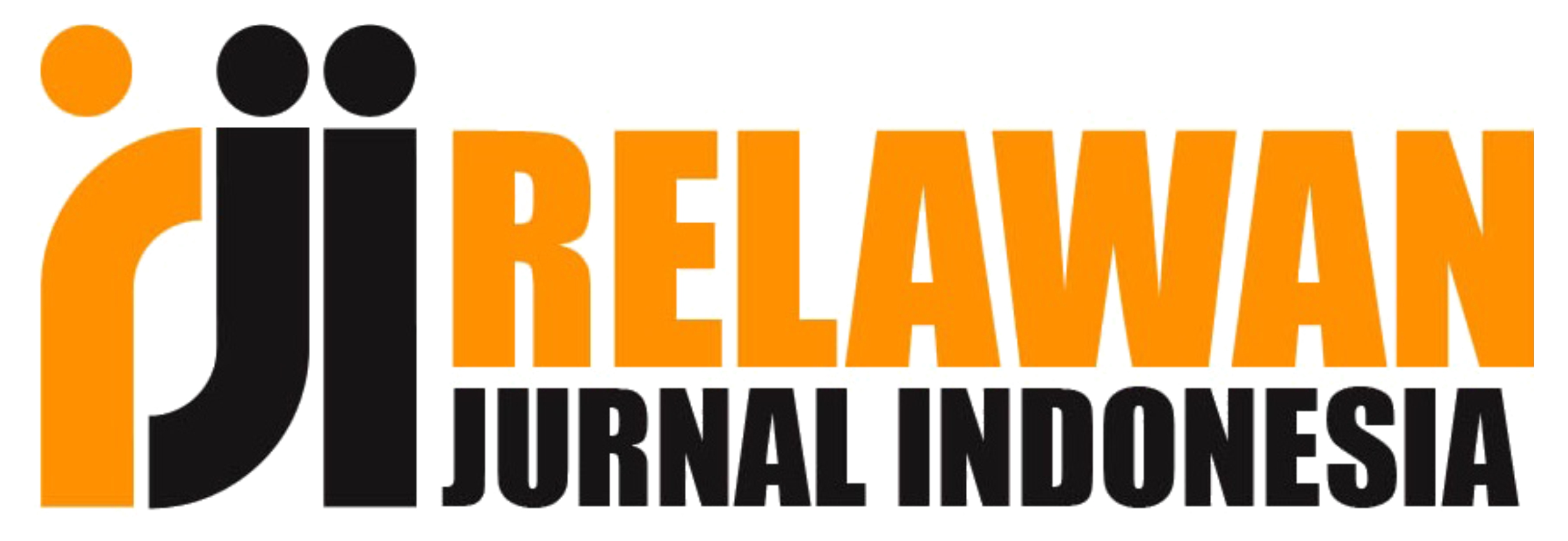Konsekuensi Consumer Ethnocentrism: Studi Tentang Fashion Made in China
DOI:
https://doi.org/10.37385/ceej.v6i2.8506Keywords:
Consumer Ethnocentrism, Purchase Intention, Fashion Industry Made in China, Product Image, Consumer BehaviorAbstract
Penelitian ini bertujuan untuk menganalisis pengaruh Consumer Ethnocentrism, General Country Image, dan Product Country Image terhadap Purchase Intention. Berdasarkan hasil analisis, diperoleh beberapa temuan utama: (1) Consumer Ethnocentrism berpengaruh negatif terhadap General Country Image, (2) Consumer Ethnocentrism juga berpengaruh negatif terhadap Product Country Image, (3) General Country Image berpengaruh positif terhadap Product Country Image, (4) Consumer Ethnocentrism berpengaruh negatif terhadap Purchase Intention, (5) Product Country Image berpengaruh positif terhadap Purchase Intention, dan (6) General Country Image tidak berpengaruh terhadap Purchase Intention. Temuan ini menunjukkan pentingnya persepsi konsumen terhadap negara asal produk dalam mempengaruhi niat beli, serta dampak signifikan dari etnosentrisme konsumen dalam membentuk citra negara dan produk.
References
Aaker, D. A., & Longwell, G. J. (1994). Managing Brand Equity: Capitalizing on the Value.
Ajzen, I. (1991). The Theory of Planned Behavior.
Balabanis, G., & Diamantopoulos, A. (2004a). Domestic Country Bias, Country-of-Origin Effects, and Consumer Ethnocentrism: A Multidimensional Unfolding Approach. Journal of the Academy of Marketing Science, 32(1), 80–95. https://doi.org/10.1177/0092070303257644
Balabanis, G., & Diamantopoulos, A. (2004b). Domestic Country Bias, Country-of-Origin Effects, and Consumer Ethnocentrism: A Multidimensional Unfolding Approach. Journal of the Academy of Marketing Science, 32(1), 80–95. https://doi.org/10.1177/0092070303257644
Dodds, W. B., Monroe, K. B., & Grewal, D. (1991). Effects of Price, Brand, and Store Information on Buyers’ Product Evaluations. In Source: Journal of Marketing Research (Vol. 28, Issue 3).
Freedman, A. (2003). Political Institutions and Ethnic Chinese Identity in Indonesia. Asian Ethnicity, 4(3), 439–452. https://doi.org/10.1080/1343900032000117259
Gabriele Klein, J., Ettenson, R., Morris, M. D., Anderson, J., Boulding, W., Deegan, J., Fisher, C. D., John, A., Mohandis, B., Netemeyer, R., Sternthal, B., Staelin, R., Widing, R., & Shuming, Z. (1998). The Animosity Model of Foreign Product Purchase: An Empirical Test in the People’s Republic of China. In Journal of Marketing VOl (Vol. 62).
Hair, J. F. ., Ortinau, D. J. ., & Harrison, D. E. . (2021). Essentials of marketing research. McGraw-Hill Education.
Han, M. (1989). han1989 hip 3.
Hien, N. N., Phuong, N. N., van Tran, T., & Thang, L. D. (2020). The effect of country-of-origin image on purchase intention: The mediating role of brand image and brand evaluation. Management Science Letters, 10(6), 1205–1212. https://doi.org/10.5267/j.msl.2019.11.038
Khairani, Z., & Abdillah, M. R. (2018). Sikap Terhadap Kampanye 100% Cinta Indonesia, Etnosentrisme Konsumen, dan Kesediaan Membeli Produk Lokal Indonesia. Jurnal Daya Saing.
Lassar, W., Mittal, B., & Sharma, A. (1995). Measuring customer-based brand equity. In Journal of Consumer Marketing (Vol. 12, Issue 4, pp. 11–19). https://doi.org/10.1108/07363769510095270
Nguyen, N. H., Kien Dao, T., Duong, T. T., Nguyen, T. T., Nguyen, V. K., & Dao, T. L. (2023a). Role of consumer ethnocentrism on purchase intention toward foreign products: Evidence from data of Vietnamese consumers with Chinese products. Heliyon, 9(2). https://doi.org/10.1016/j.heliyon.2023.e13069
Nguyen, N. H., Kien Dao, T., Duong, T. T., Nguyen, T. T., Nguyen, V. K., & Dao, T. L. (2023b). Role of consumer ethnocentrism on purchase intention toward foreign products: Evidence from data of Vietnamese consumers with Chinese products. Heliyon, 9(2). https://doi.org/10.1016/j.heliyon.2023.e13069
Papadopoulos, N., & Heslop, L. (2002). Country Equity and Country Branding: Problems and Prospects.
Permana, M. S., Jony, D., & Haryanto, O. (2016). Permana dan Haryanto: Pengaruh Country of Origin Brand Image dan Persepsi Kualitas….
Roth, M. S., & Romeo, J. B. (n.d.). MATCHING PRODUCT CATGEORY AND COUNTRY IMAGE PERCEPTIONS: A FRAMEWORK FOR MANAGING COUNTRY-OF-ORIGIN EFFECTS. www.jstor.org
Schiffman, L. G., & Wisenblit, J. (2019). Consumer Behavior: 12th Edition.
Sekaran, U., & Bougie, R. (2016). Research Methods for Business?: 7th Edition. www.wileypluslearningspace.com
Setiawan, M. (2019). KRITIK EPISTEMOLOGI BARAT: KARAKTERISTIK, KELEMAHAN DAN DAMPAK NEGATIF YANG DITIMBULKANNYA. http://en.wikipedia.org/w/index.php?title=Outline_of_epistemology&oldid=463444160.
Shimp, T. A., & Sharma, S. (1987). Consumer Ethnocentrism: Construction and Validation of the CETSCALE. In Source: Journal of Marketing Research (Vol. 24, Issue 3).




 Template
Template



